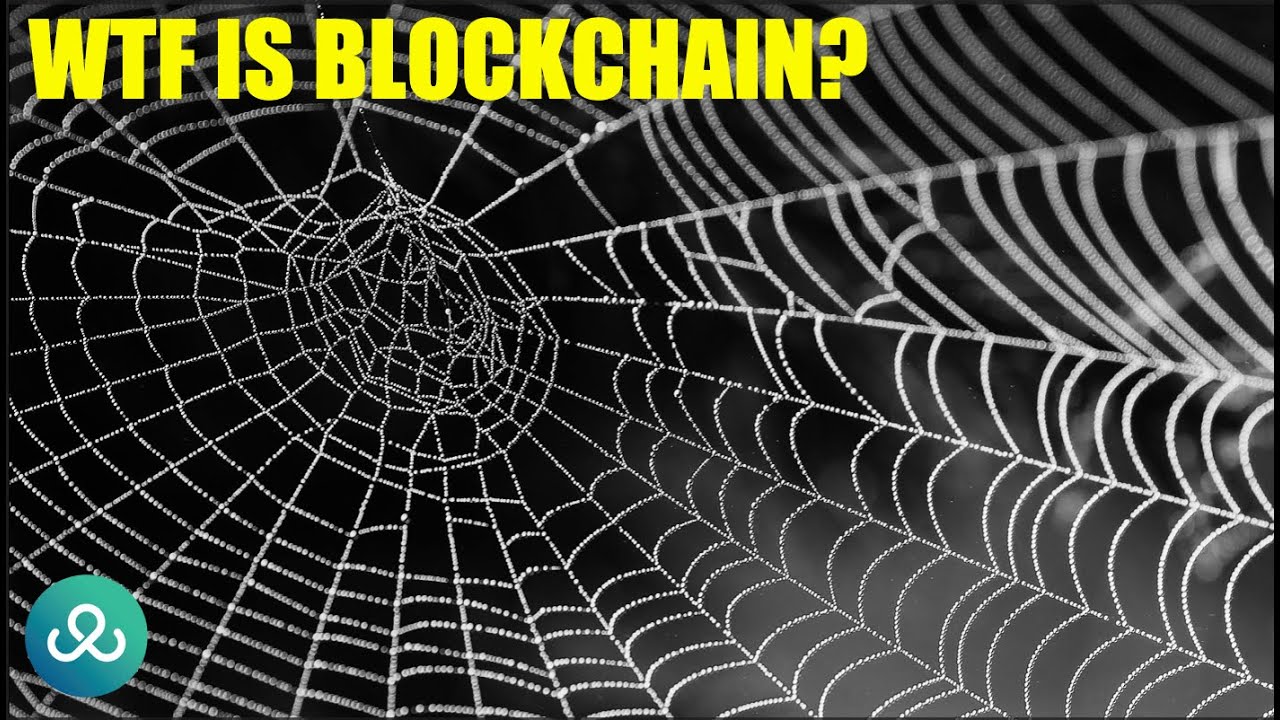Blockchain technology is changing how we send money and make deals around the world. It allows people to transfer money instantly, without needing banks to process everything. This is very helpful because it means you can send money to someone on the other side of the planet in just a few minutes!
So, what is blockchain? Imagine it like a big online book where every transaction is written down. This book is shared and open for everyone to see, but no one can change what’s written. This makes it very safe! Since all the information is in one place, it helps people trust that their money is being sent and received correctly.
One key benefit of blockchain is that it cuts down on the fees we usually pay to banks when sending money. With blockchain, people can save money and send more of it directly to friends or family. Also, this technology works 24/7, so you can make transactions anytime you want!
As more people understand blockchain, it is becoming a part of everyday life. It is helping small businesses grow by allowing them to reach customers in different countries without worrying about long waits or high costs for sending money. Imagine being able to buy your favorite toy from a store far away without any hassle!
In summary, blockchain is making it easier and faster for people around the world to send money to each other. It allows real-time transactions that are safe, cheap, and always available. This technology is truly changing the future of money!
Glossary:
Blockchain: A technology that records transactions in a secure and shared online book.
Transaction: An exchange of money or information between people.
Fees: Charges that banks or services take when you send money.
Real-time: Doing something immediately, without waiting.
Digital: Anything related to computers or the internet.
Understanding Blockchain Technology
Blockchain is a special technology that allows information to be stored in a way that makes it nearly impossible to change. Imagine a notebook where everyone can write but no one can erase. When one page is filled, a new page is added, and everyone has a copy of all the pages. This makes it very transparent and secure.
Key Terms
- Blockchain: A digital ledger of transactions that is shared across a network of computers.
- Cryptocurrency: Digital money that uses cryptography for security, like Bitcoin and Ethereum.
- Smart Contracts: Self-executing contracts with the terms written directly into code.
- Decentralization: Removing the control of transactions from a single entity, like a bank.
Problems with Traditional Financial Transactions
When you send money across borders using traditional banks, it often takes a few days and can be expensive. This happens because:
- Banks charge high fees for international transfers.
- Different currencies and conversion rates can delay the process.
- Transactions can be subject to various regulations, making them slower.
According to the World Bank, “remittances to low- and middle-income countries reached $540 billion in 2020, with average costs of sending money remaining high, at over 6%.” This indicates a huge market that can benefit from faster and cheaper solutions.
How Blockchain Solves These Problems
Blockchain technology offers solutions that can make financial transactions faster and cheaper:
- Speed: Transactions can happen almost instantly regardless of where the money is sent.
- Lower Fees: Users can save money on transaction fees as blockchain eliminates the need for intermediaries.
- Transparency and Security: Every transaction is recorded on the blockchain, which can be viewed by anyone, making fraud nearly impossible.
Real-Time Transactions
With blockchain, you can send money in real-time. For instance:
“Blockchain technology is helping to create a new generation of financial services that are faster, cheaper, and more secure.” – Industry Expert
Example of Use Cases
Many companies are already using blockchain for real-time financial transactions:
| Ripple | Enables banks and financial institutions to make cross-border payments instantly. |
| Stellar | Works with low-income individuals to help them access the financial system. |
| BitPesa | Facilitates payment solutions for businesses in Africa using blockchain. |
The Role of Smart Contracts
Smart contracts can automate certain processes in financial transactions. They are like vending machines; when you put money in, you get a product. Similarly, with smart contracts, when conditions are met, the money gets transferred automatically without needing a middleman.
Future of Blockchain in Finance
The future looks bright for blockchain technology in international finance. As more businesses adopt these solutions, we can expect:
- Increased financial inclusion for underbanked populations.
- More innovations that reduce costs.
- Improved trust in transactions due to enhanced transparency.
“We are witnessing the dawn of a new era in financial transactions where speed and efficiency are the norms.” – Financial Analyst
Challenges to Overcome
Despite its advantages, there are some challenges:
- Regulation: Governments need to create laws that can keep up with this fast-changing technology.
- Security: While blockchain is secure, individual wallets and exchanges can still be vulnerable to hacks.
- Public Understanding: Many people don’t understand blockchain, which can slow down its adoption.
Possible Solutions
To tackle these challenges, here are some ideas:
- Encourage public education about blockchain and its benefits.
- Develop stronger regulations that protect consumers while encouraging innovation.
- Invest in technology that enhances security for individual users and exchanges.
What is blockchain technology?
Deciphering Blockchain: The Decentralised World of Technology & Finance | Future of Work
Blockchain is a decentralized digital ledger that records transactions across many computers in a way that the registered transactions cannot be altered retroactively. This technology ensures transparency, security, and immutability in transaction records.
How does blockchain enable real-time financial transactions?
Blockchain facilitates real-time financial transactions by providing a platform where transactions are processed instantly without the need for intermediaries. When a transaction is initiated, it gets verified by multiple nodes in the network and added to the blockchain, allowing for immediate confirmation and settlement.
What advantages does blockchain provide for cross-border transactions?
The use of blockchain for cross-border transactions offers several advantages, including lower transaction fees, faster transaction speeds, and enhanced security. Traditional methods often take days and incur high fees, while blockchain can significantly reduce both time and costs.
Are there any challenges associated with using blockchain for financial transactions?
Yes, there are challenges such as regulatory compliance, scalability issues, and the need for widespread adoption. Different countries may have varying regulations regarding cryptocurrency and blockchain technology, making it complex to navigate.
How does blockchain ensure the security of financial transactions?
Blockchain utilizes cryptographic techniques to secure transaction data. Each block is linked to the previous one and contains a unique hash, making it incredibly difficult for unauthorized changes to occur. Additionally, the decentralized nature of the network means there is no single point of failure.
Can blockchain technology be used for all types of financial transactions?
While blockchain technology shows immense potential for various financial transactions, its most common applications are currently in cryptocurrency transfers and remittances. However, it is also being explored for applications like smart contracts, trade finance, and asset management.
What role do cryptocurrencies play in real-time transactions?
Cryptocurrencies, which are built on blockchain technology, enable real-time transactions by allowing users to send and receive funds instantly across borders without relying on traditional banking systems. This is particularly beneficial in regions with limited banking infrastructure.
How is the regulatory landscape evolving around blockchain and financial transactions?
Regulators across the globe are beginning to recognize the benefits of blockchain technology and are working towards creating frameworks that encourage innovation while ensuring consumer protection and financial stability. This evolving landscape aims to balance the rapid development of blockchain solutions with the need for oversight.
What is the future of blockchain in financial transactions?
The future of blockchain in financial transactions is promising, with continuous advancements in technology and increasing acceptance by major financial institutions. As scalability and regulatory challenges are addressed, we can expect broader adoption, more efficient cross-border transactions, and an overall transformation in the financial landscape.




